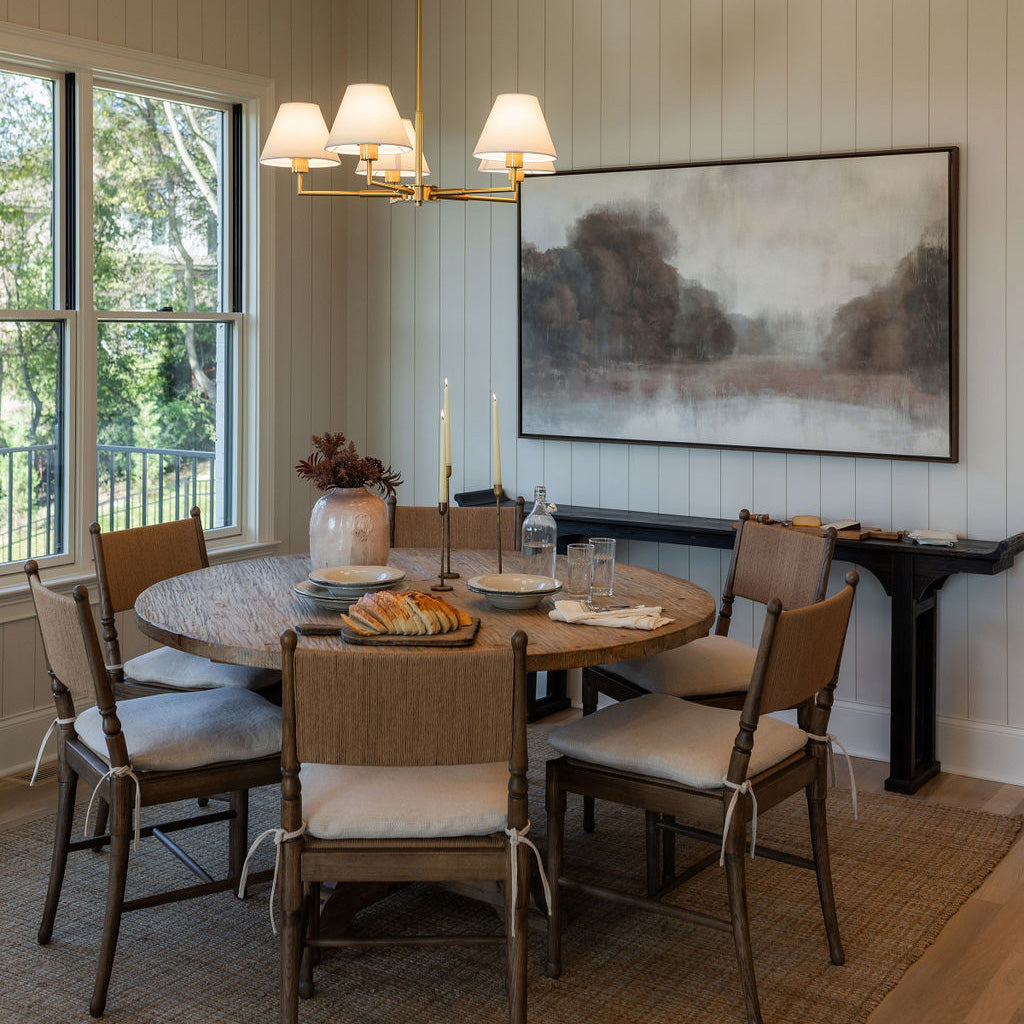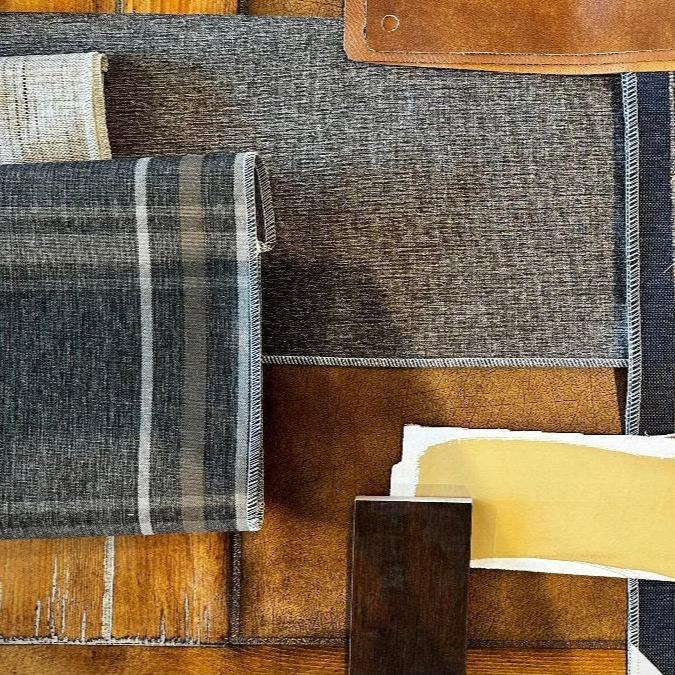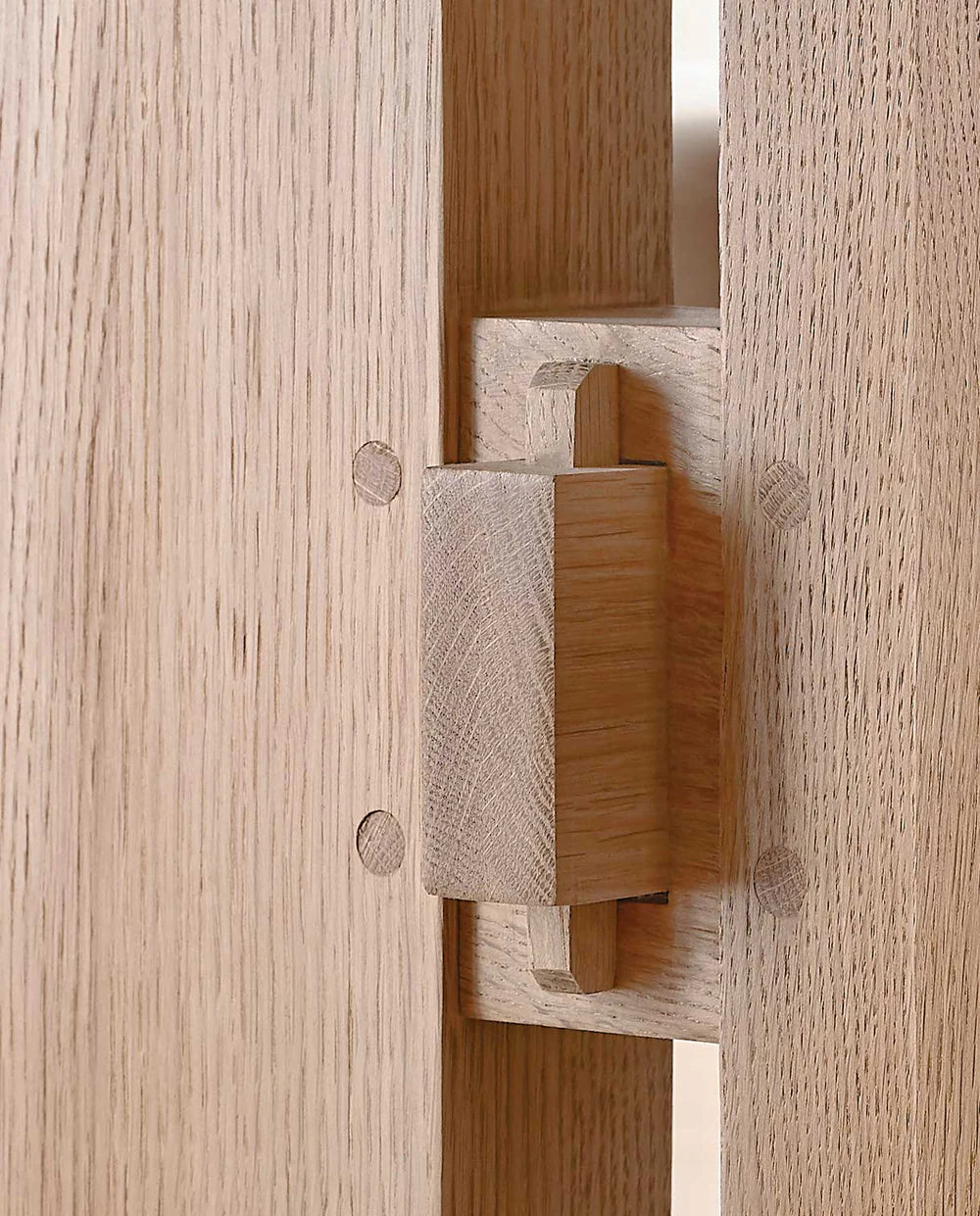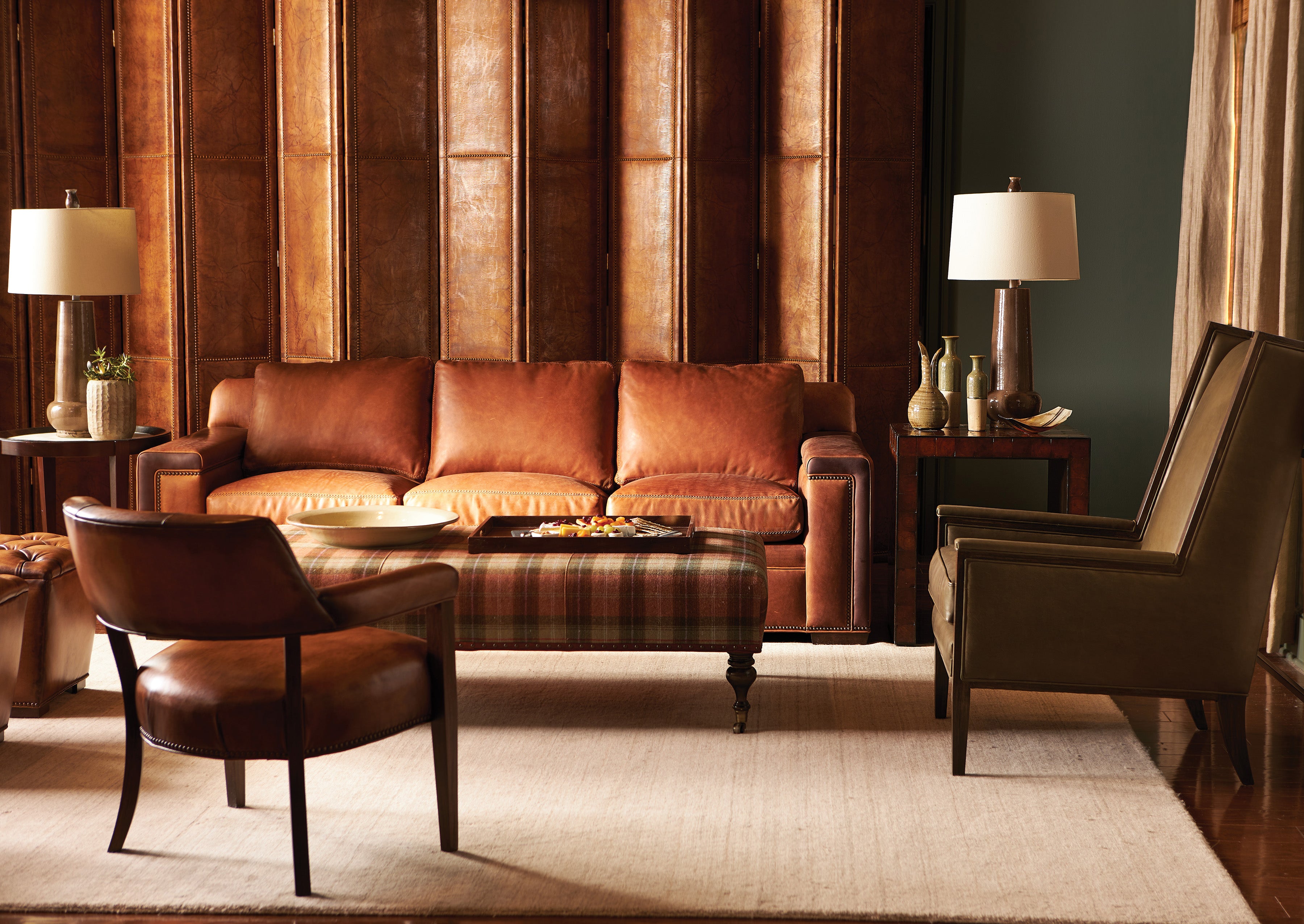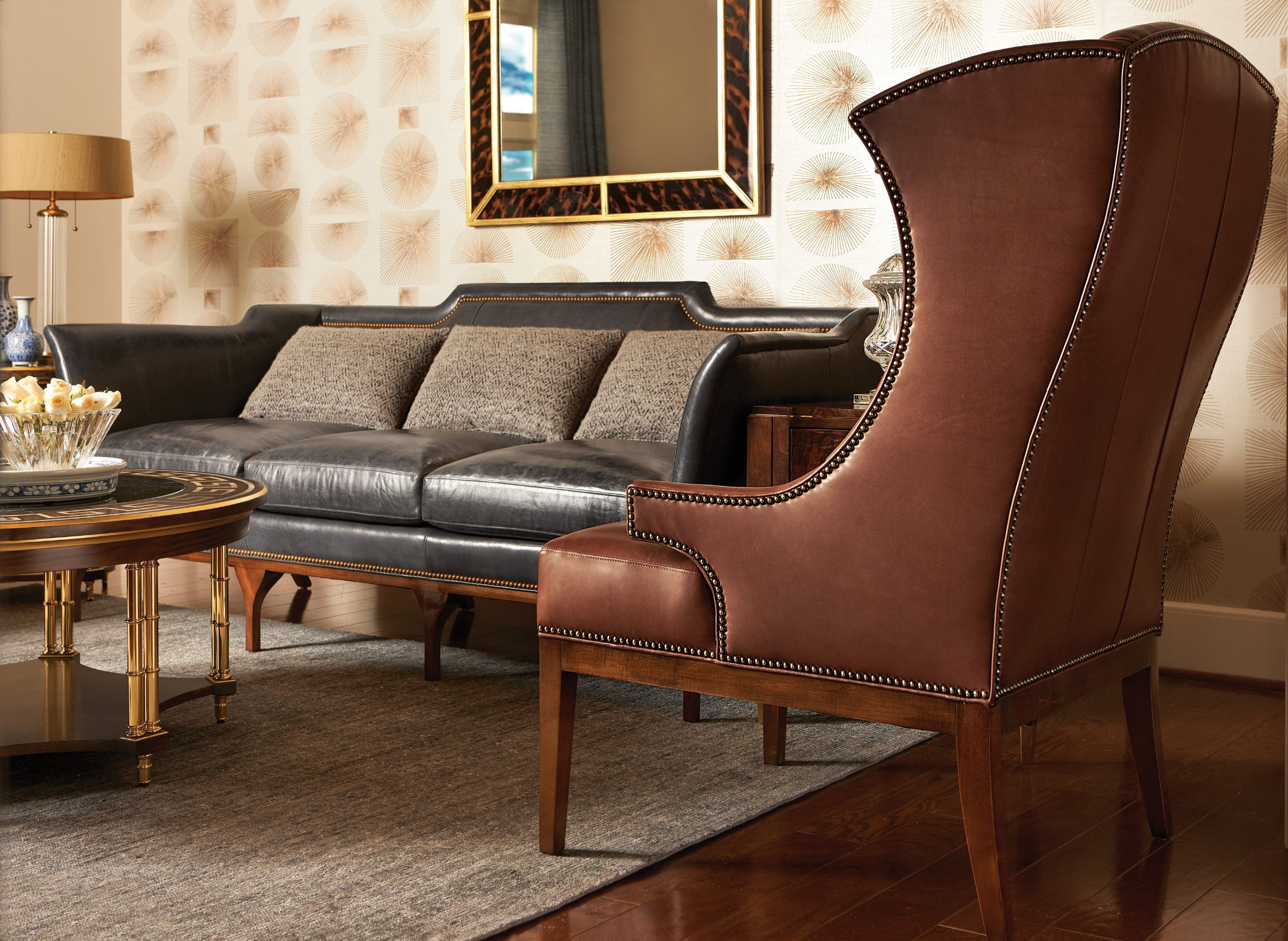
Your home is more than a space; it’s a reflection of who you are.
Quality furniture forms the foundation of a beautifully curated home, offering more than just function – it brings character and style that lasts for generations.
The Hallmarks of Quality Furniture
PREMIUM MATERIALS

Solid Hardwood
Look for
Oak, walnut, cherry, or maple — these woods offer strength, stability, and timeless beauty.
Avoid
Furniture made primarily of particleboard, MDF, or thin veneers. They tend to warp, chip, or peel over time.
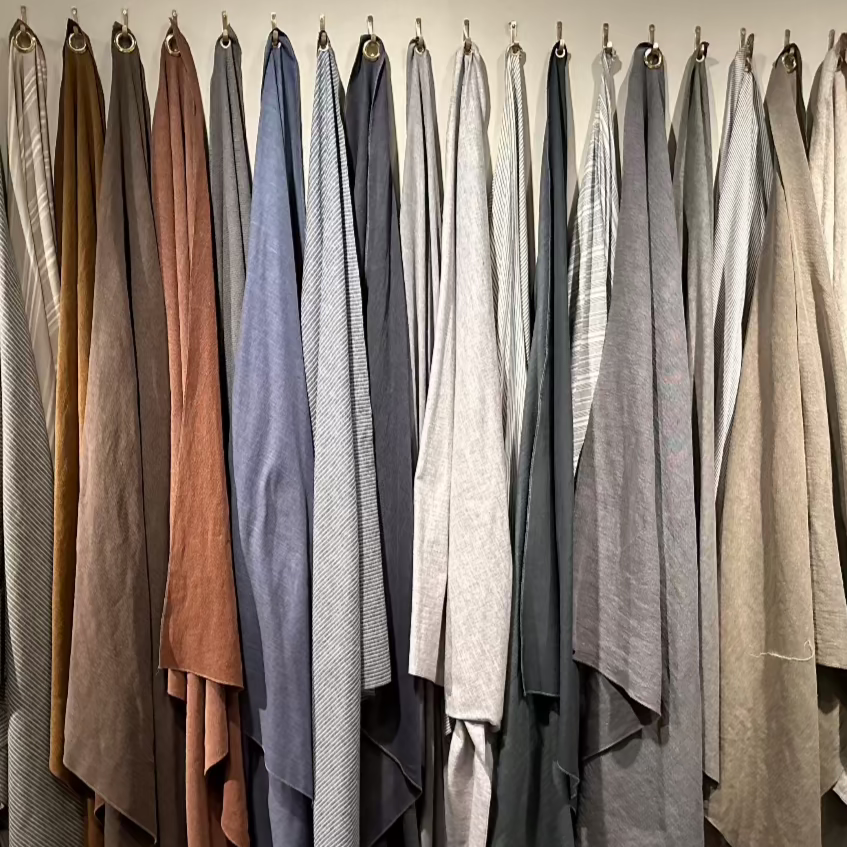
Upholstery & Leather
Look for
Natural textiles like cotton, linen, wool, or top-grain leather breathe well and endure daily wear. Performance fabrics are a solid choice for busy households, resisting stains and fading.
Avoid
Thin, synthetic fabrics prone to tearing or pilling. Leather “splits” or bonded leather, which peel and crack quickly
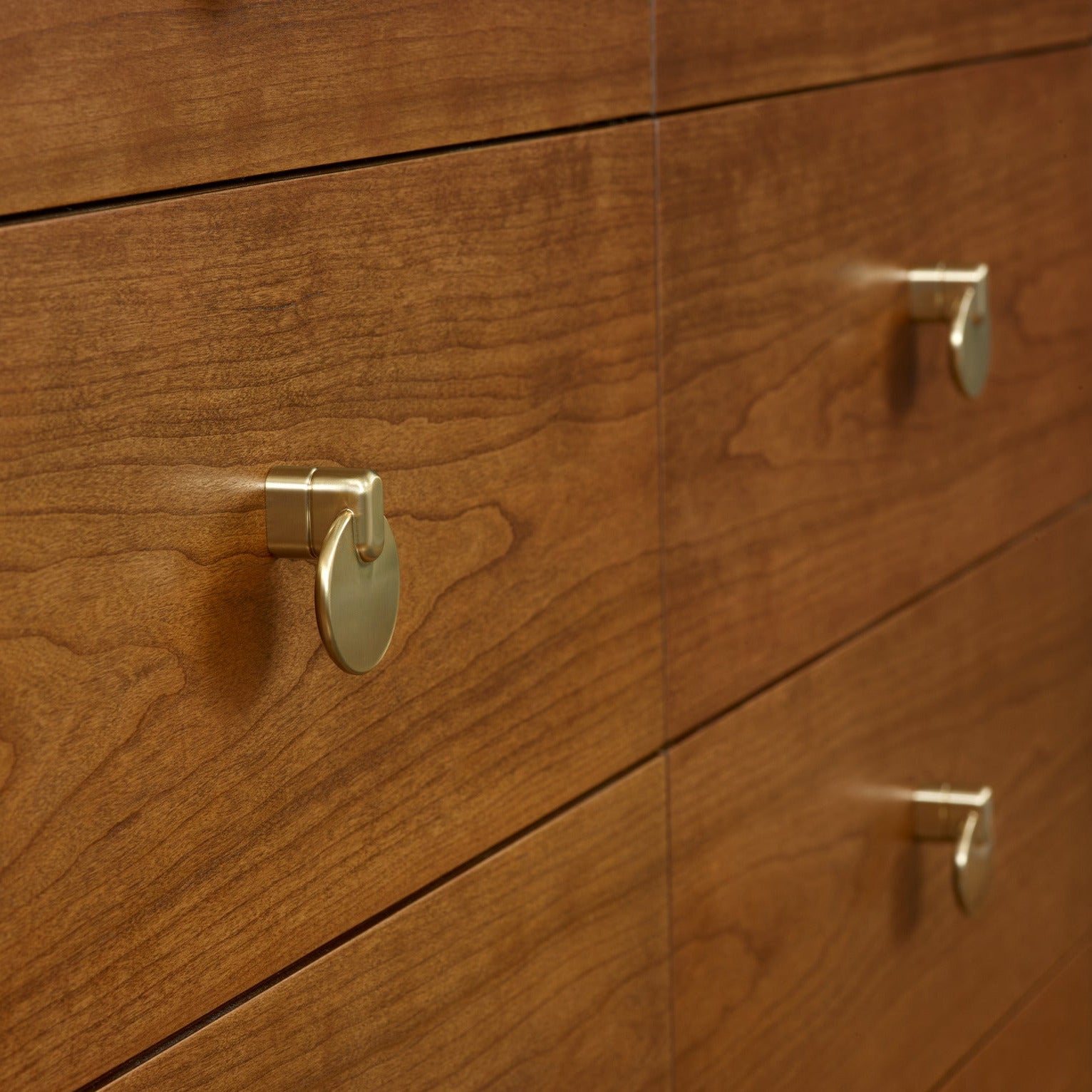
Metals & Hardware
Look for
Stainless steel, brass, or wrought iron are long-lasting and can add an elegant touch.
Avoid
Cheap or flimsy metal components (particularly thin or poorly plated) indicate lower craftsmanship.
SUPERIOR CONSTRUCTION
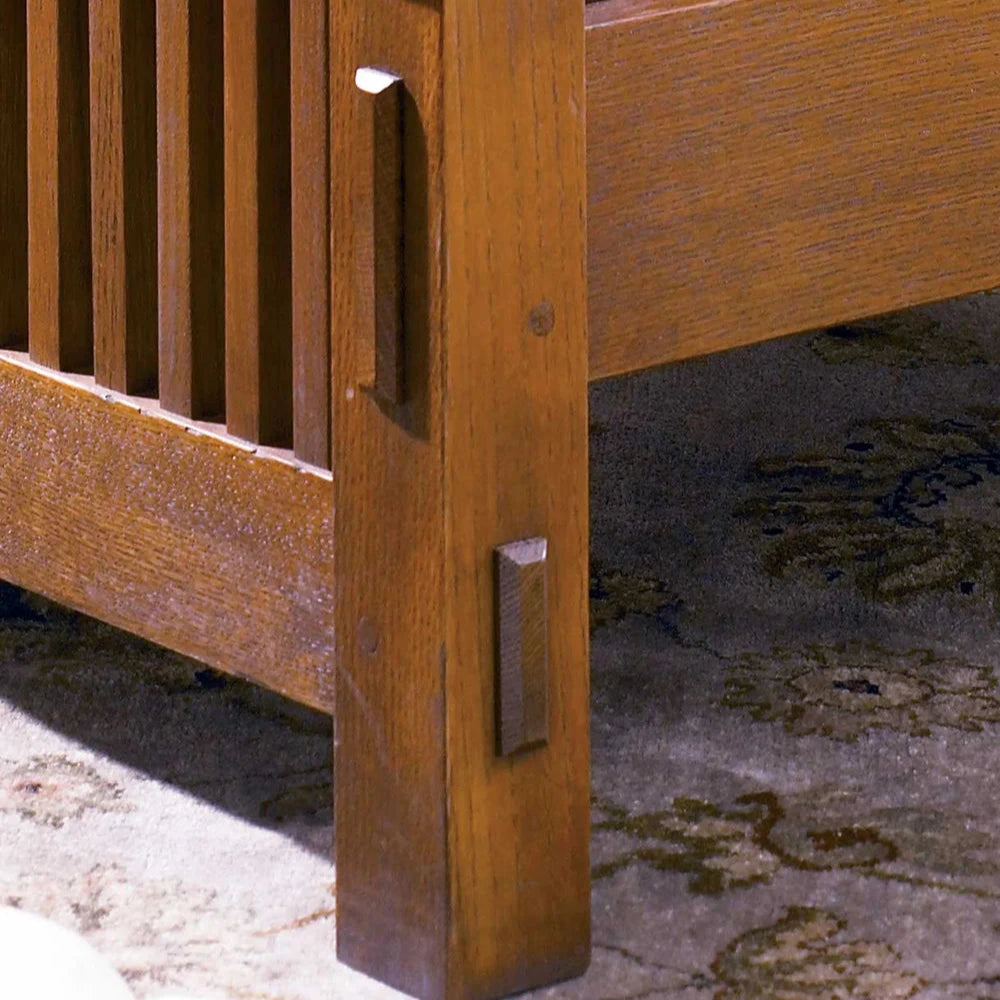
Joinery Methods
Look For
Dovetail, mortise-and-tenon, or similar interlocking joints. Neatly executed joints that fit snugly without visible gaps. These are most important on high stress joints on the piece.
Avoid
Staples, nails, or simple butt joints that loosen easily. Excessive use of glue as the only means of support.
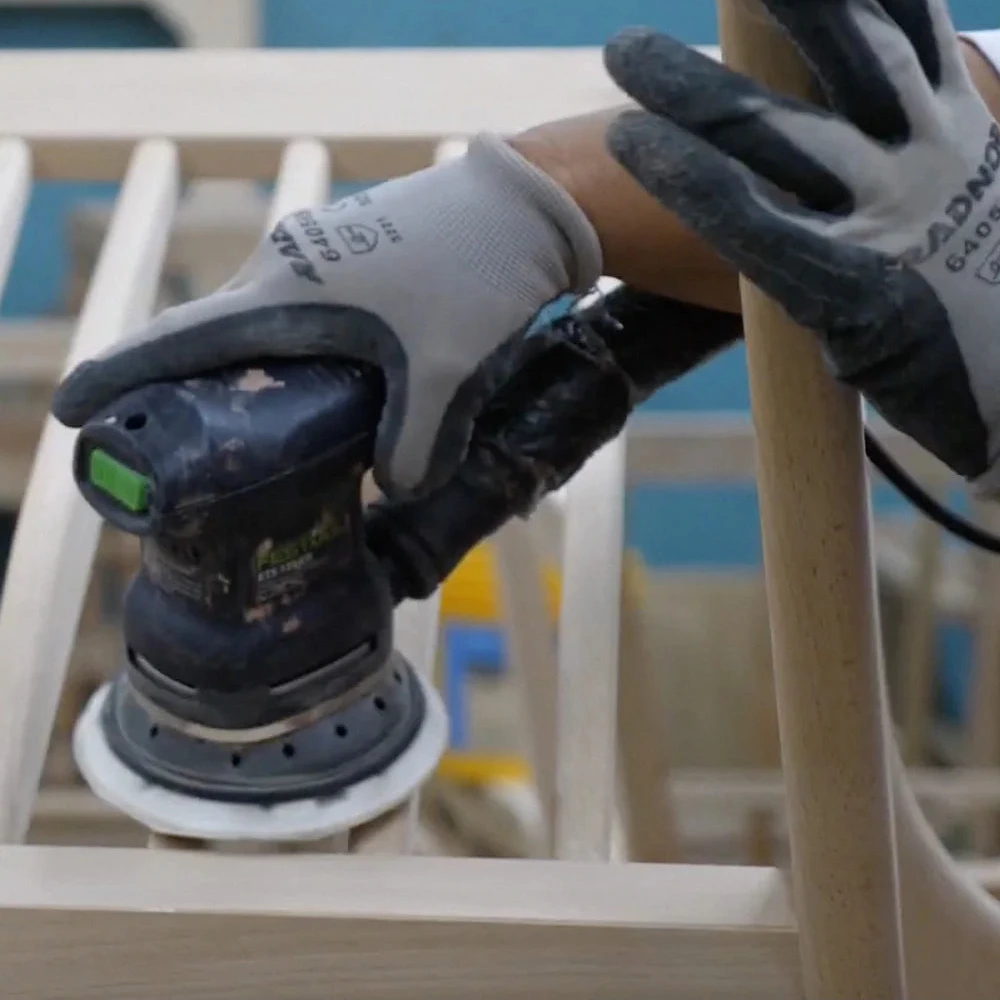
Frames & Structure
Look for
Kiln-dried wood frames that resist warping and cracking; corner blocks or additional reinforcements at key stress points.
Avoid
Untreated or non-dried wood that may warp in humid conditions; weak, shaky frames lacking proper internal support.
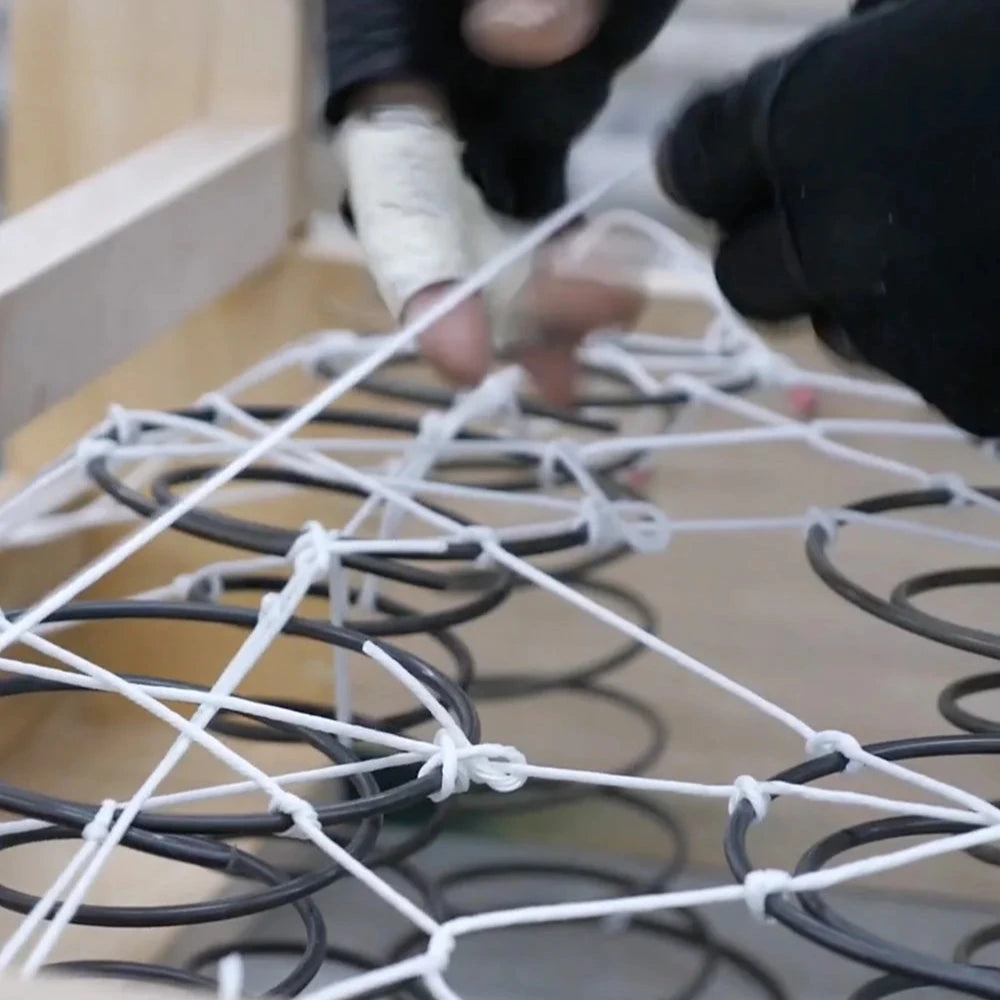
Suspension & Support
Look for
Eight-way hand-tied springs for top-tier comfort and stability; heavy-gauge sinuous springs securely attached to the frame.
Avoid
Cheap zigzag or loosely installed springs that sag quickly; elastic webbing offering minimal support and prone to stretching out.
BALANCED THOUGHTFUL DESIGN
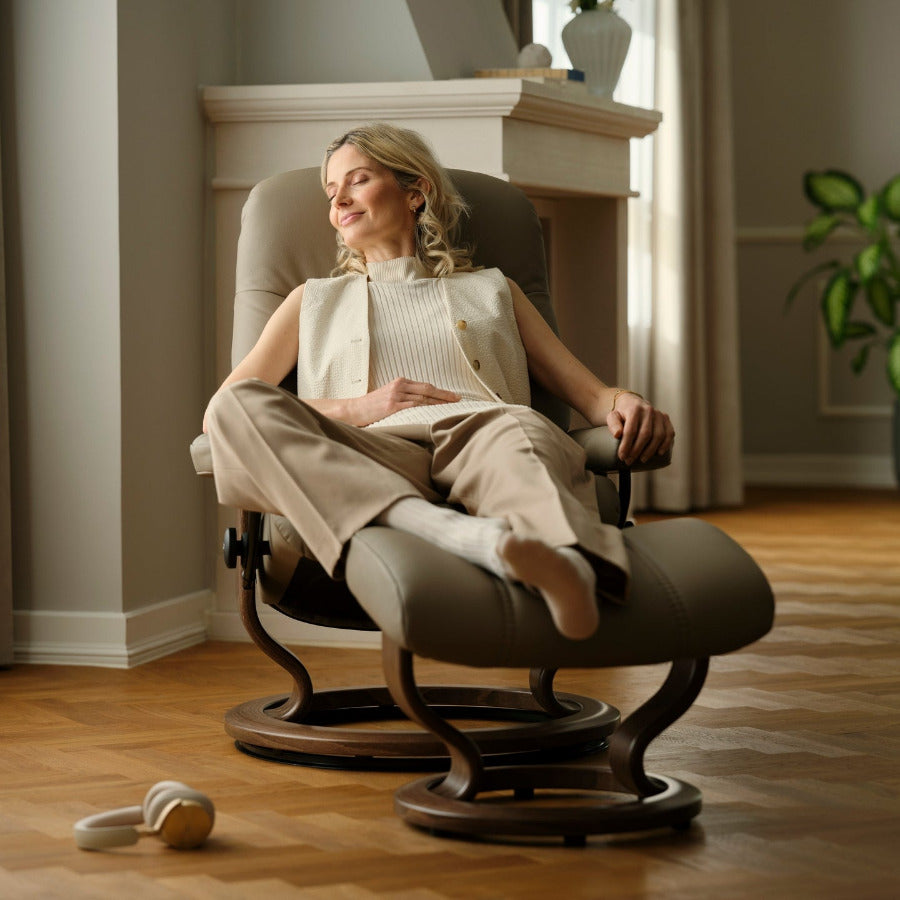
Proportions & Ergonomics
Look For
Designs that comfortably support the human body with proper seat height, armrest placement, and balanced proportions from all angles.
Avoid
Oversized or undersized dimensions that disrupt room flow; top-heavy or poorly balanced furniture that feels unstable.
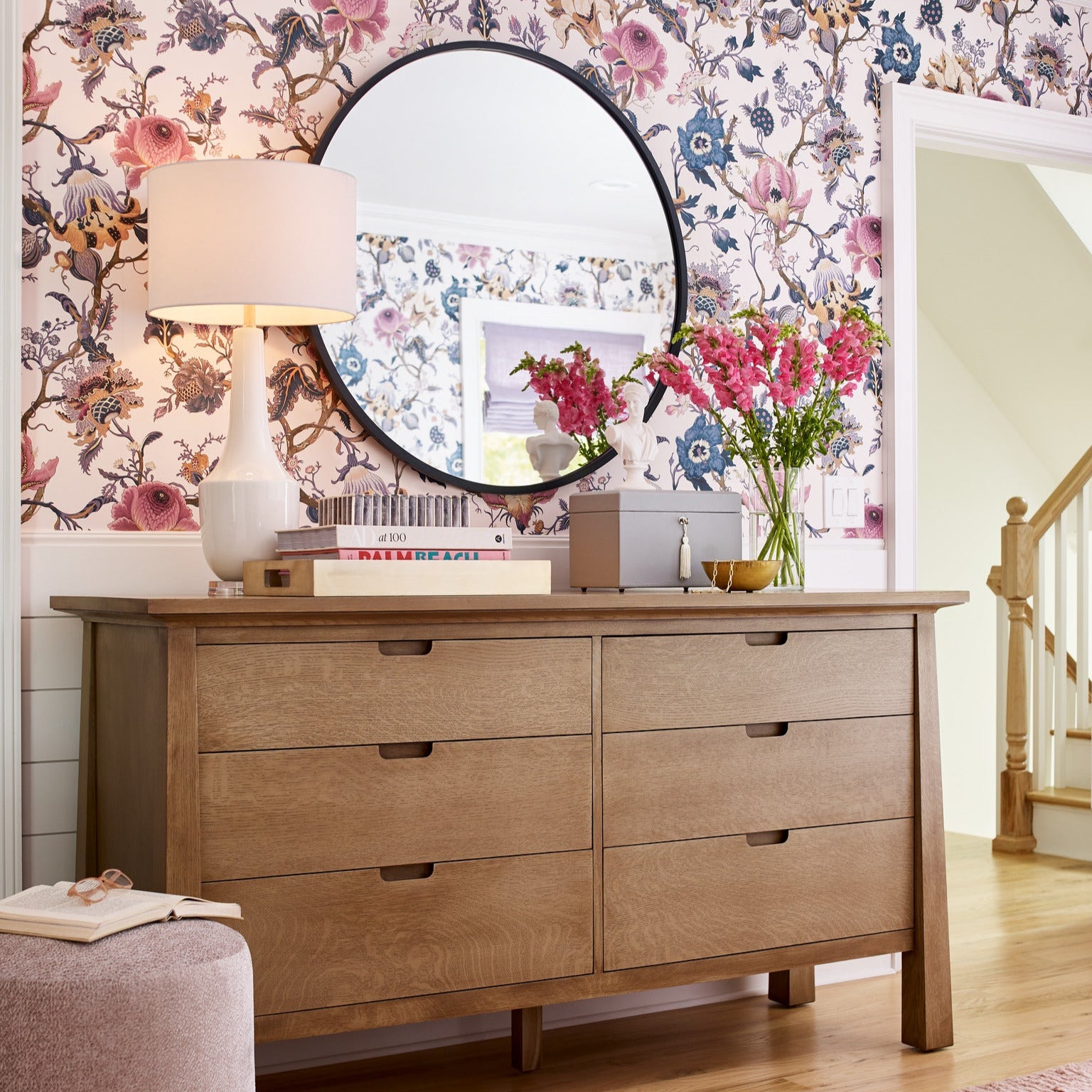
Aesthetic Consistency
Look for
Consistent wood grain patterns and smooth, evenly applied finishes; upholstery that aligns properly for a cohesive look.
Avoid
Obvious color variations or patchy staining; haphazard finishes or misaligned fabrics that indicate rushed production.
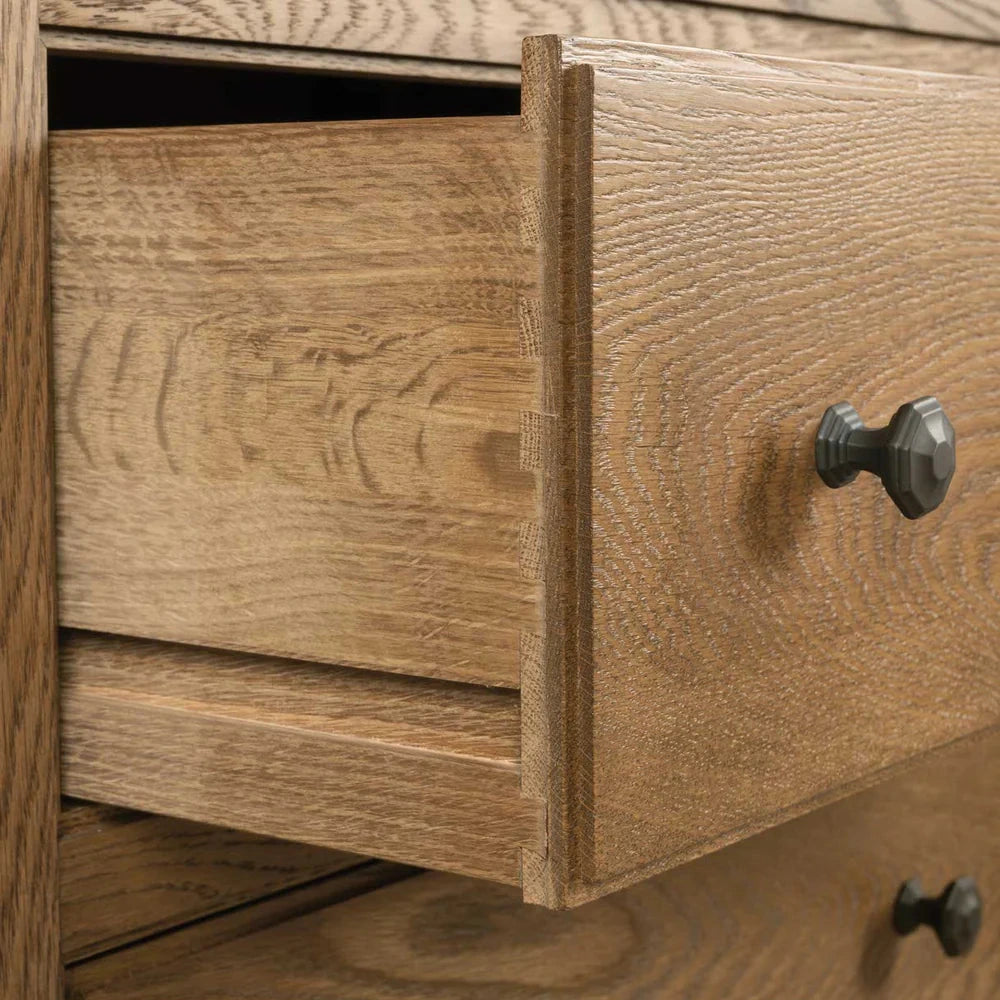
Functional Details
Look for
Smooth-operating drawers that can be opened and closed with one hand, adjustable shelves, hidden storage, or other thoughtful design features that enhance usability. Think about the highest use furniture in your home (eg. dresser) and be sure you spend the extra money to buy quality.
Avoid
Gimmicky add-ons that serve no practical purpose; unfinished or jagged edges on interior surfaces.
FINE FINISHES & CRAFTSMANSHIP
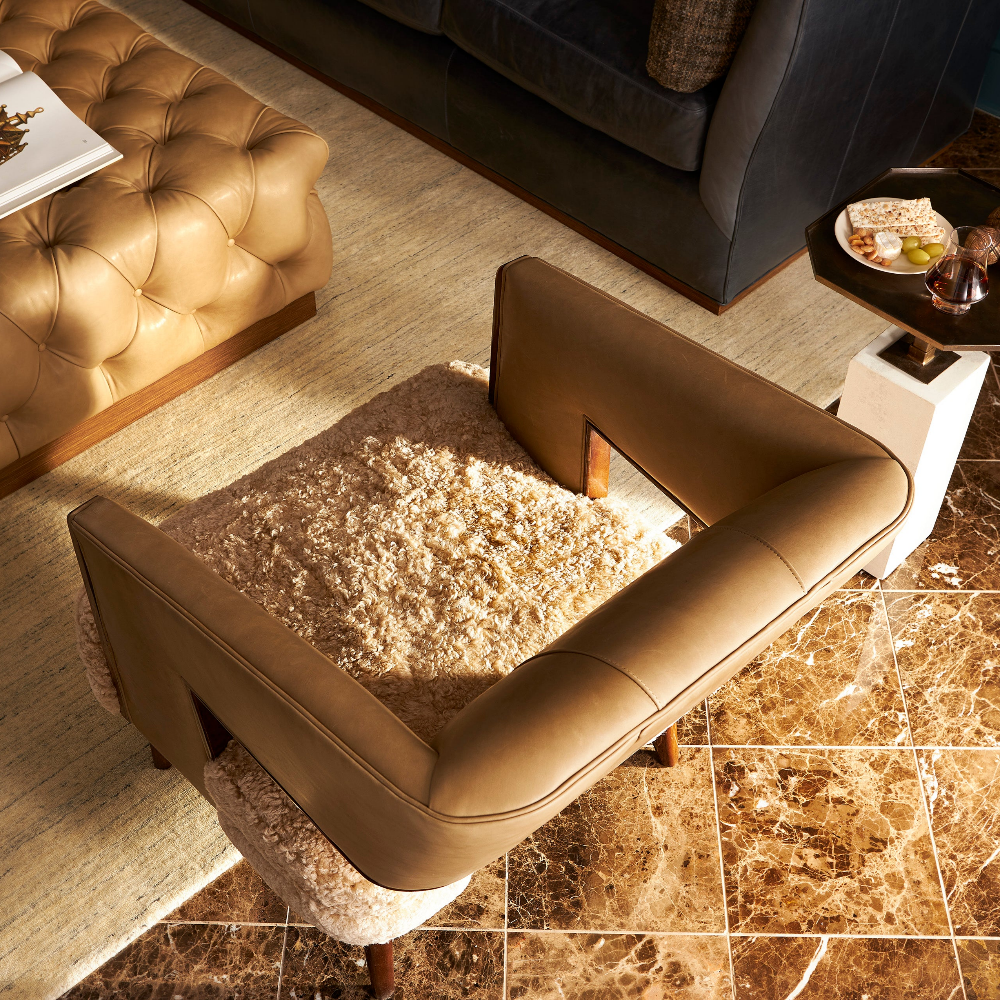
Upholstery & Stitching
Look For
Tight, even stitches with no loose threads or gaps; cushions that maintain shape and fit snugly into the frame. Pattern matching is also a huge indication of quality upholstery.
Avoid
Sagging cushions or overly thin upholstery that feels flimsy; uneven seams that compromise comfort and appearance. Mismatched patters on seams.
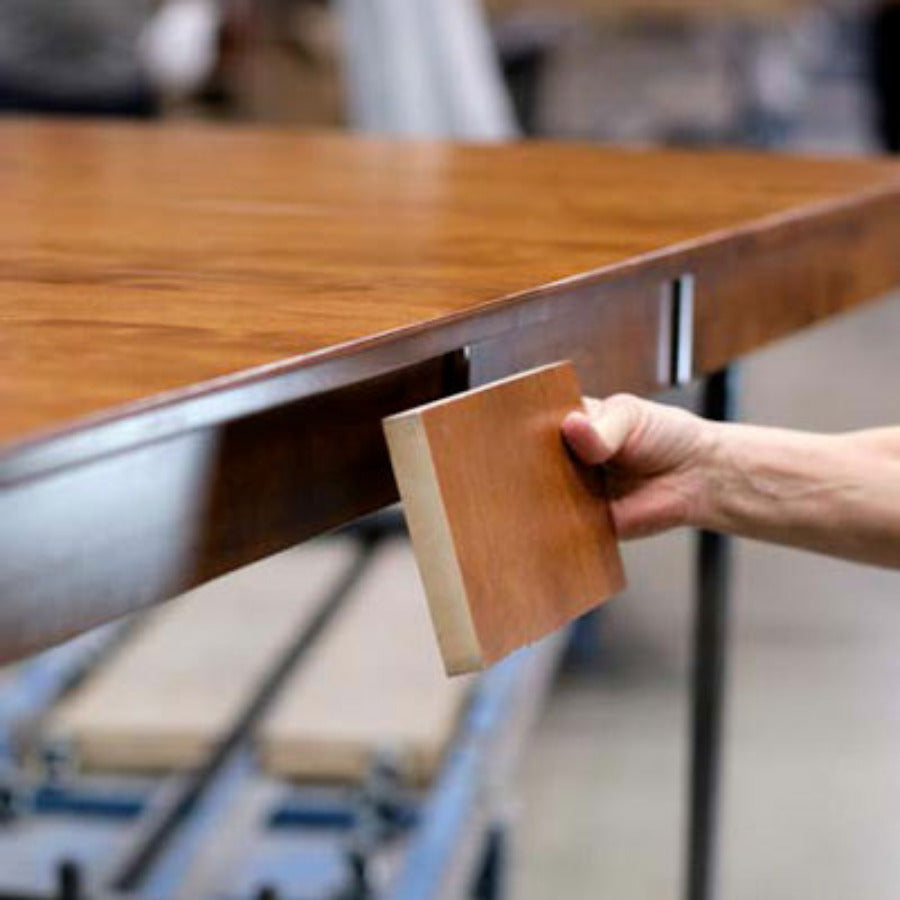
Wood Finishes
Look for
Smooth, even staining or varnish without bubbles, streaks, or rough spots; protective layers that guard against minor scratches and moisture.
Avoid
Peeling, flaking, or inconsistently applied finishes; overly glossy coatings that appear plastic-like.
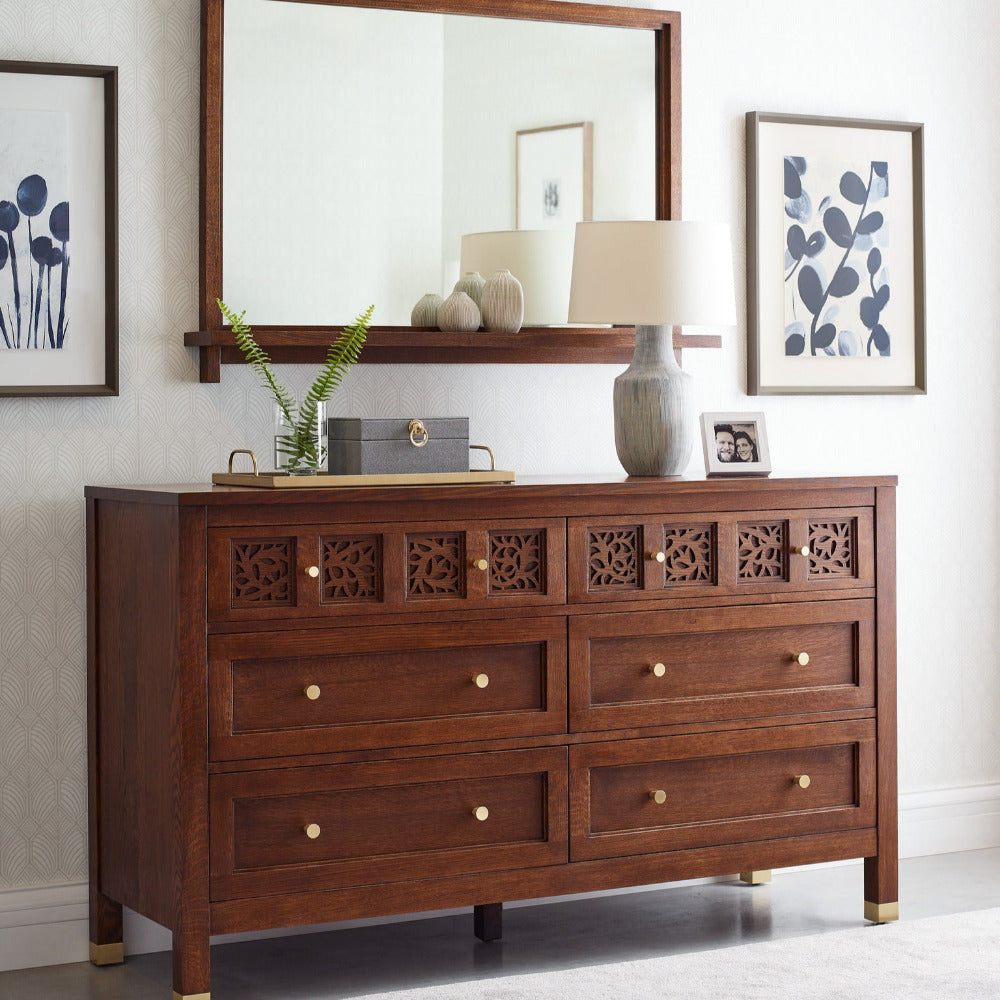
Hardware & Embellishments
Look for
Durable handles, knobs, and hinges firmly secured to the piece; decorative carvings or inlays that blend smoothly with the overall design and that are based on classic designs not trends.
Avoid
Lightweight, easily bent hardware or plastic components; flimsy embellishments likely to break off under normal use.
DURABILITY & LONGEVITY
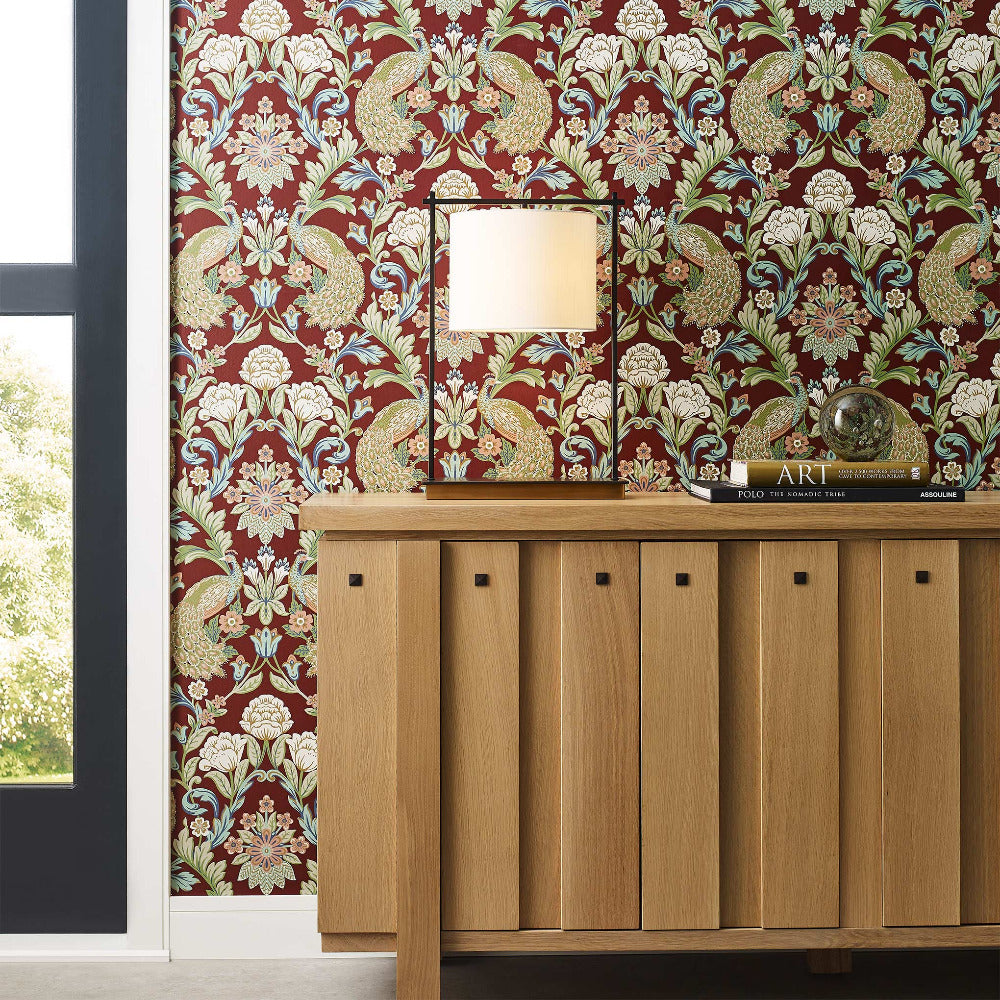
Weight & Solidity
Look For
Substantial weight that indicates denser, more robust materials; furniture that remains stable without wobbling under gentle pressure. There are tricks that can artificially increase the weight, and MDF is also quite heavy, so look for solid wood.
Avoid
Feather-light pieces made of hollow frames or thin wood; items that squeak, creak, or rock with minimal movement.
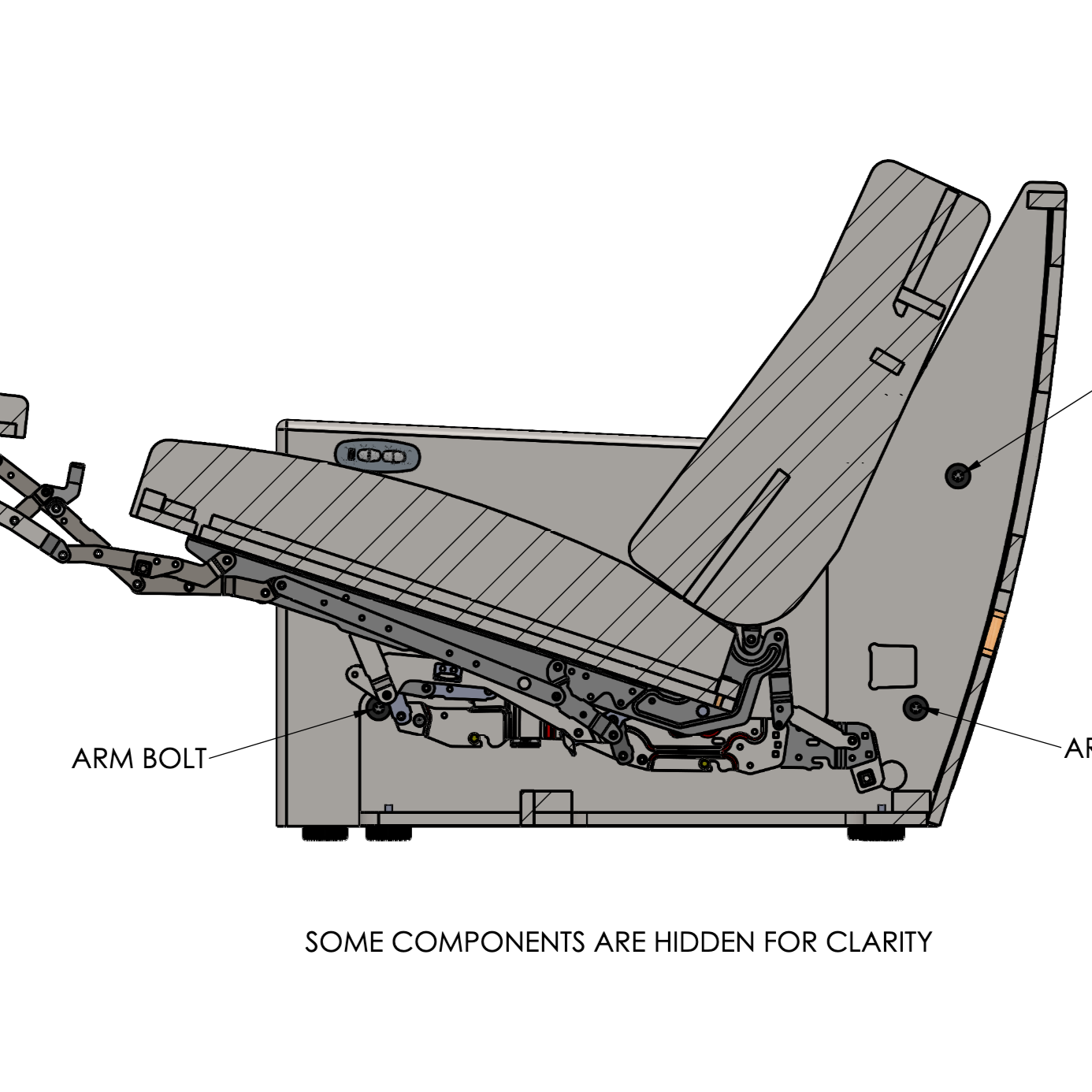
Repair-friendly Construction
Look for
Accessible hardware, replaceable cushions, or covers that allow for repairs or updates; brands that offer spare parts or repair services.
Avoid
Fully sealed designs that make it impossible to access interior components; disposable construction requiring complete replacement instead of simple fixes.
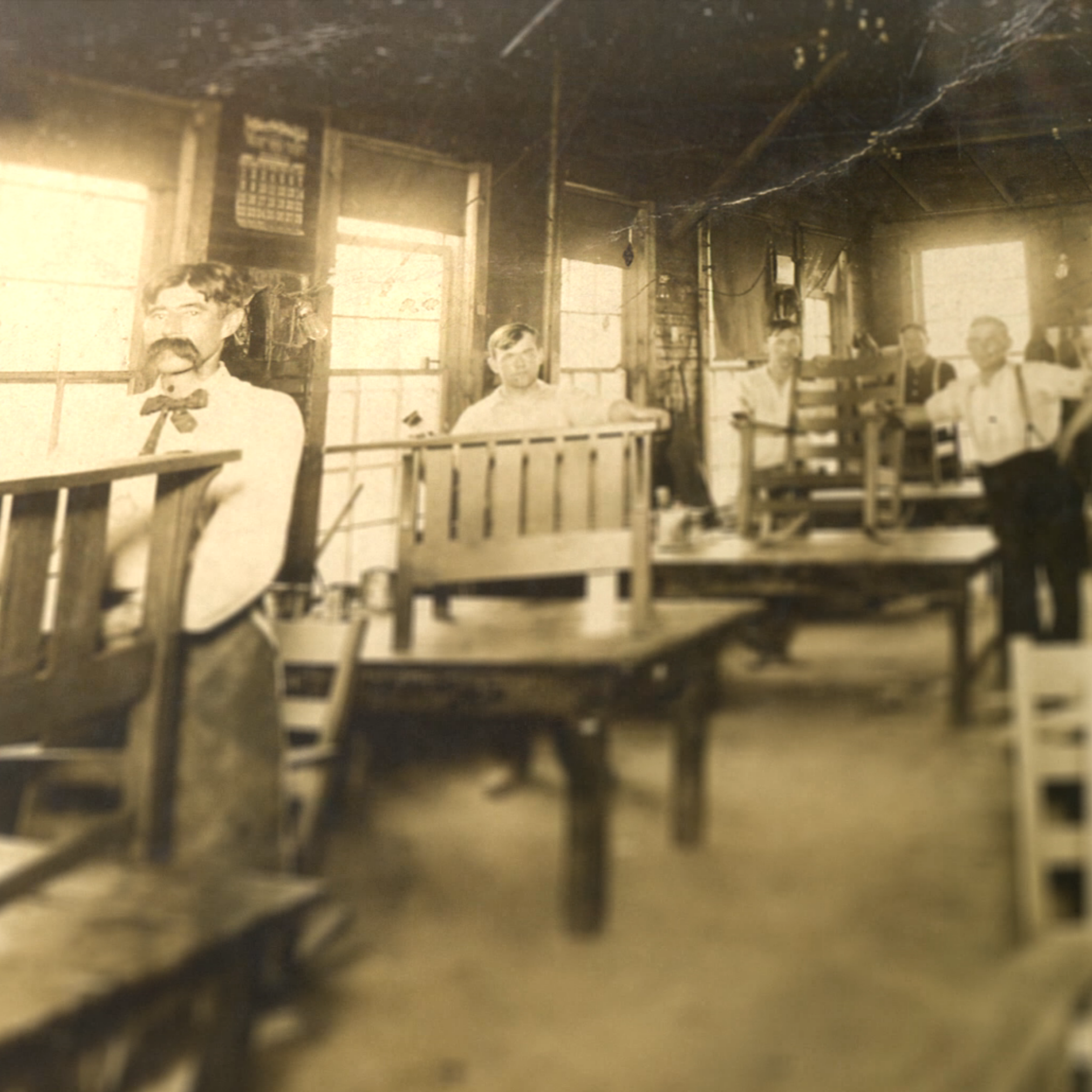
Manufacturer Legacy & Warranty
Look for
Transparent information about production methods and material sourcing; artisanal workshops or reputable brands with long-standing track records. Long-term warranties covering structural or material defects; responsive customer support with clear return and repair policies.
Avoid
Vague or non-existent manufacturing details; companies with recurring complaints about quality or durability. Limited or non-existent warranty coverage signaling a lack of confidence in the product; unhelpful after-sales service that complicates returns or repairs.
